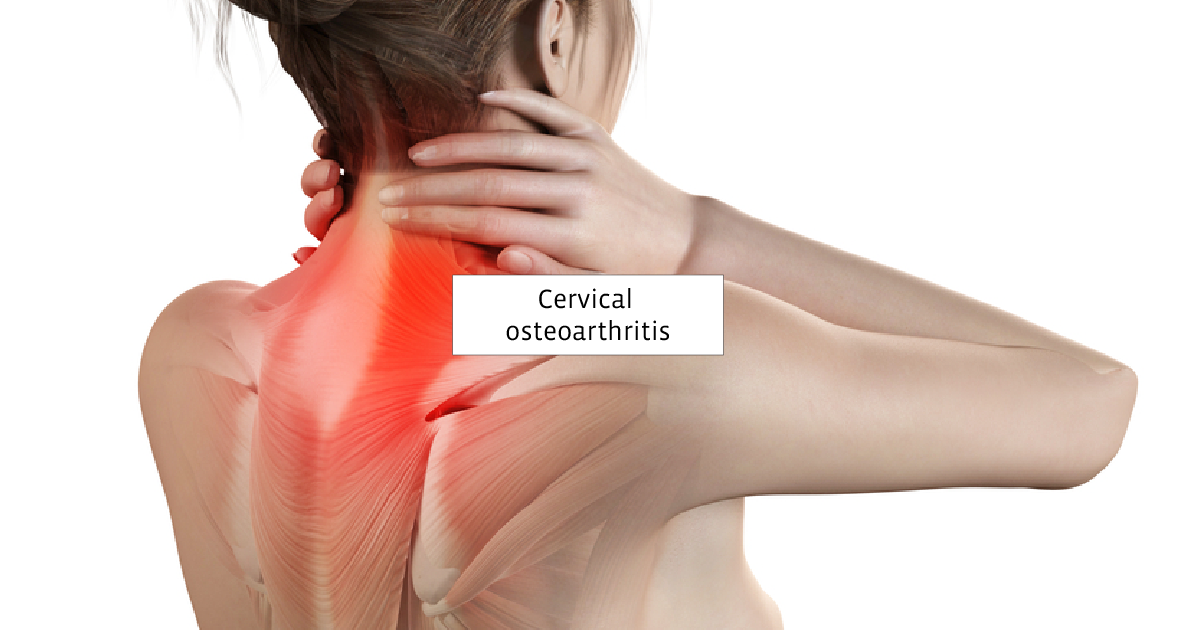Pain in the neck is more than just a figure of speech. Various conditions in the cervical spine can cause discomfort, limit mobility, and impact the overall quality of life. Dr. Han Jo Kim, MD, an esteemed orthopedic spine surgeon at HSS, delves into the nuances of cervical conditions, shedding light on their symptoms and the innovative techniques available for relief.

One such condition that is increasingly common is cervical spondylosis or osteoarthritis of the neck. This ailment is marked by the arthritic deterioration of the cervical spine’s discs and facet joint cartilage. Interestingly, some individuals with cervical spondylosis may not experience any symptoms. However, others can feel varying degrees of stiffness and pain in the neck, shoulders, or even between the shoulder blades.
So, what exactly are the symptoms of cervical spondylosis? Apart from the evident neck pain or stiffness, in situations where the spine undergoes spondylotic changes that exert pressure on nearby nerves, patients may feel pain, numbness, or tingling extending down their arms. Some might not even have neck symptoms at all. In more advanced stages, when arthritis leads to bone-on-bone contact and the erosion of cartilage in a facet joint, one might experience symptoms like:
Neck pain that radiates down the arm
Numbness or tingling sensations
Muscular weakness in the arms and hands
Balance issues
Pain upon moving or rotating the neck
Further complicating the picture is cervical myelopathy, a condition arising from spinal cord compression. Common causes include severe cervical spondylosis, termed cervical spondylotic myelopathy (CSM), and ossification of the posterior longitudinal ligament (OPLL). CSM is the most prevalent spinal disorder in Americans aged 55 and above. It arises due to age-related degeneration and manifests in the form of bone spurs (osteophytes), disc bulges, and thickened ligaments.
For those seeking more in-depth information and resources on managing cervical arthritis, you can visit the HSS Health Connection and explore various conditions related to arthritis of the back, spine, and neck.
In conclusion, understanding cervical conditions and their symptoms is crucial for timely intervention and improving the quality of life. Always consult with a medical professional when experiencing persistent neck discomfort.


